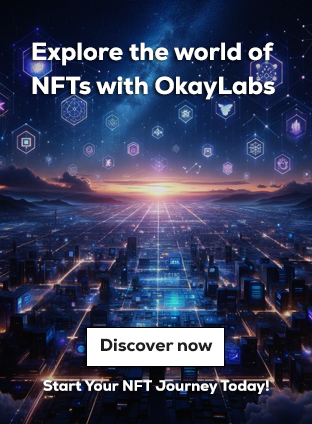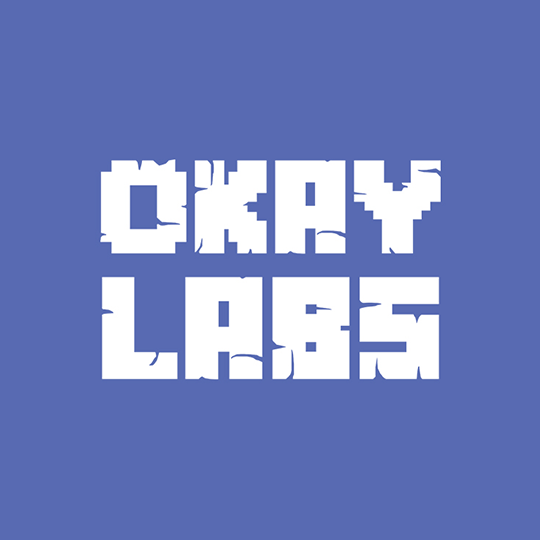A group of disillusioned beta testers and artists has made waves in the tech community after leaking OpenAI’s highly anticipated Sora text-to-video tool. The controversial leak, which happened on November 26, was a direct response to claims of exploitation during Sora’s testing phase. The group, which calls itself “PR-Puppets,” has come forward with serious accusations that they were used as “unpaid labor” under the guise of contributing to a creative partnership.
The Leak: A Bold Move or a Cry for Recognition?
Sora, OpenAI’s innovative text-to-video tool, had generated considerable buzz when it was first revealed earlier this year. Designed to turn text prompts into hyper-realistic videos, Sora quickly became the talk of the town, with early reports highlighting its impressive capabilities. However, a group of beta testers, who had been granted early access, have now made their dissatisfaction known by leaking the tool’s front-end version to the public.
Using the AI development platform HuggingFace, the group posted the tool online, making it accessible to anyone who wanted to try it out. The leak remained live for several hours before OpenAI intervened, taking it down. But by then, many users had already shared videos generated by Sora, sparking even more interest.
“We Were Used”: Artists Speak Out
The core of the group’s grievance lies in their claim that OpenAI exploited their work. In an open letter published alongside the leak, the group accused the tech giant of luring artists and testers into a “partnership” that ultimately didn’t materialize. They were promised compensation for their efforts, but instead, they say they were left with little more than empty promises.
“We were told we’d be creative partners and part of a team that would shape the future of Sora. But instead, we were simply used for unpaid testing, bug reporting, and feedback that only benefited OpenAI,” the group wrote. “We were led to believe we were part of a creative collaboration, but it became clear that we were just pawns in a much bigger, profit-driven game.”
The group also noted that hundreds of artists, some of whom had contributed valuable feedback and hours of work, were never compensated or acknowledged by OpenAI. As a result, many felt exploited, especially considering the massive private valuation of OpenAI—currently pegged at $157 billion.
The Power of the Leak: What’s Inside Sora?
Despite the controversy surrounding the leak, it’s impossible to ignore the capabilities of the Sora tool itself. Within hours of the leak, users were already showcasing the impressive results they had generated using the model. Videos created from simple text prompts demonstrated an uncanny level of realism, particularly when it came to accurately rendering human figures.
Film director Huang Lu, one of the early users of the tool, shared his thoughts on X (formerly Twitter), commenting, “It’s impressive how well it handles arms and legs.” The comment, accompanied by a clip generated by the tool, shows just how much potential the Sora model has in creating lifelike video content.
According to code uncovered by users, the leaked version of Sora appears to be a turbo-charged version of the tool, running faster and with additional features. Among the new features are controls for customizing video style, a sign that OpenAI was planning to give users more creative freedom in the future.
The Big Picture: A Tool That’s Still in Development
Sora was first unveiled by OpenAI in February 2024, creating immediate buzz in the AI and tech community. Early demonstrations showed how the tool could generate high-quality video content simply from text prompts. This ability to produce hyper-realistic video content raised questions about the future of media creation and the potential impact on industries like film, advertising, and social media content creation.
OpenAI had reportedly been training Sora on “hundreds of millions of hours” of video footage to refine its ability to generate high-quality content in a variety of styles. This extensive training process was designed to make the tool versatile enough for professional use in a range of creative fields. However, the recent leak raises important ethical questions about how AI companies like OpenAI handle the contributions of testers, researchers, and artists who help develop their products.
Moving Forward: What’s Next for Sora?
For now, Sora’s future is uncertain. The leak has put the tool under a microscope, drawing attention not only to its impressive capabilities but also to the controversial practices behind its development. As OpenAI works to address the leak and regain control over the tool, the question remains: How will the company address the concerns raised by those who helped shape Sora in its early stages?
As AI tools like Sora become more powerful and accessible, it’s clear that the role of artists, testers, and contributors will only become more important. Moving forward, the relationship between tech companies and the creative community will need to be carefully navigated to avoid situations like this one, where passionate individuals feel taken advantage of in the pursuit of innovation.
For now, Sora may be down, but the conversation it sparked is very much alive. And whether OpenAI likes it or not, it seems the future of AI development will need to include more than just cutting-edge technology—it will need to consider the people who make it all possible.



